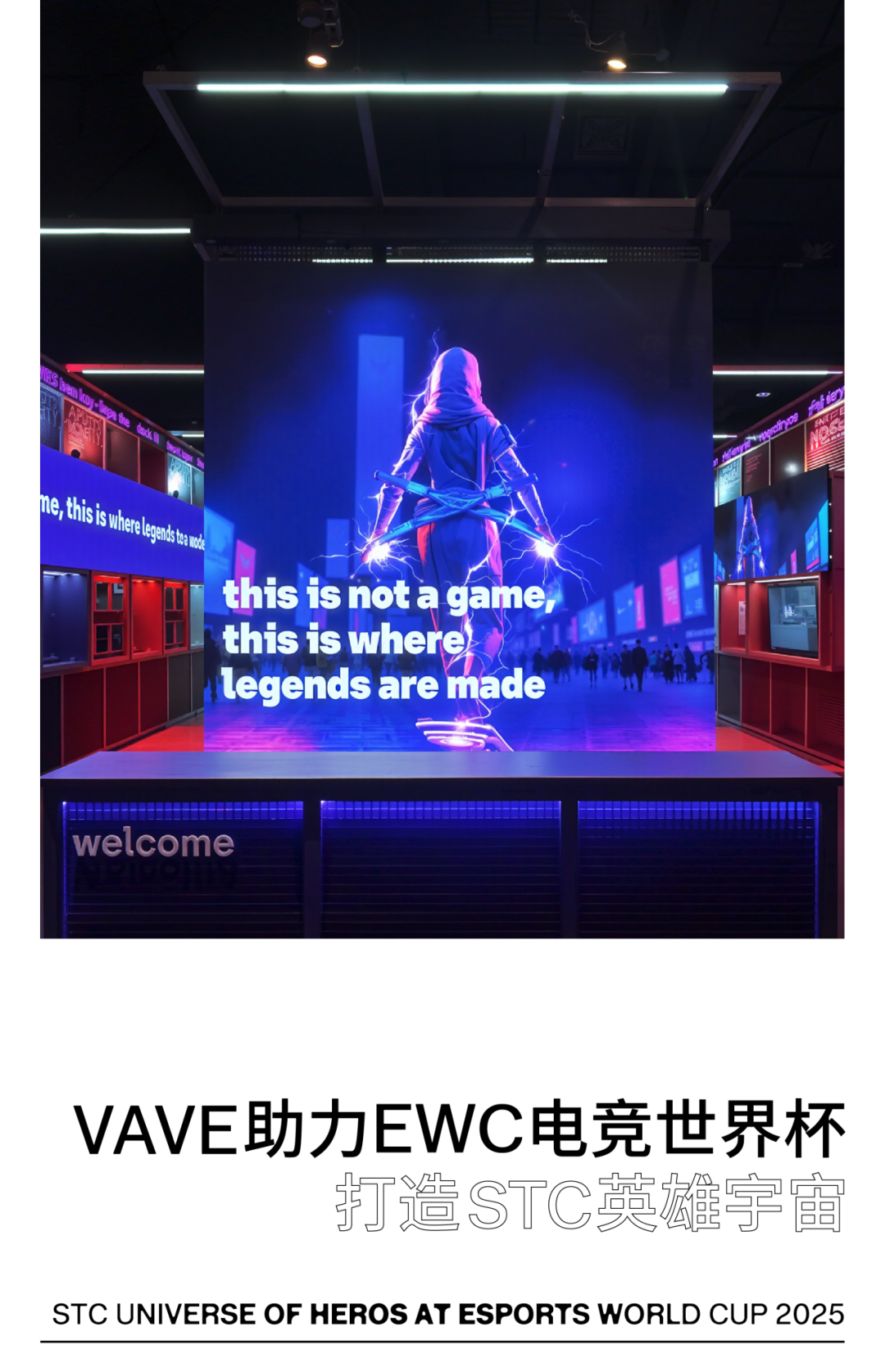- 0
- 0
- 0
分享
- If We Never Experienced the Past, Why Isn’t the Past a Future?
-
2023-08-08
Is it possible for a street to exist in multiverse? When "Shanghai Articles" attempted to embark on a speculative design journey about the "Future Street" with VAVE Studio and the sci-fi writer Yin Guang, it did not intend to point to a purely fictional scenario. In other words, it did not aim to provide an exciting guide through technological optimism and inventions. After all, concepts like the metaverse, "clouds" have already put in our dictionaries at a rapid rate.
"You know what a speakeasy is?" at the online brainstorming meeting, HU Haijie, co-founder of VAVE Studio, asked. In the late 19th century, during the prohibition era in the United States, many bars had to find a way to remain operating. So, bookshelves, basements, hot dog stands, vending machines – behind any space, imaginable or unimaginable, could be another shelter, requiring a specific form of password to enter. "Hush, speakeasy." That's the origin.
Doraemon's Dokodemo Door, Platform 9¾ in "Harry Potter" – who can refuse a hidden episode? As a spatial strategy and metaphor, "speakeasy" still takes root in today's cities. The concept of dual timelines in the movie Tenet provided inspiration for VAVE. They applied topological thinking to time, creating a Shanghai street with multiple timelines. Under this overlapping renewal strategy, space is no longer a medium of segregation or a contested object; residents from different eras – past, present, and future – can encounter each other there.
"If we have never experienced the past, why is the past not a future?" In the mind of the VAVE, the perception of urban development should not be limited to the resolution of three-dimensional spatial relationships, but more interestingly, the intricate relationship between time. Sci-fi writer Yin Guang shares a similar taste, using "time topology" as a clue to weave another universe about the street in her novel. Although we cannot reach those places named "time-space conversion points" or "plug-in plazas" at this moment, there is still a chance to find an unknown "speakeasy" with this story.
All set, bon voyage!
By JiroS. licensed under CC BY-SA 3.0
Since the opening of the port, Shanghai has developed into a highly integrated modern city. The gentrification path of urban regeneration has contributed to Shanghai's rapid rise, but it has also led to an increasing conflict of interests and needs between different social groups in the limited urban space. These conflicts include disruptions between residents and new immigrants, competition between square-dancing grannies and basketball youths, and generational gaps between older residents and their younger counterparts.
In the context of ongoing development, is there a "overlay" renewal strategy that allow spaces where different groups can coexist while maintaining their individuality?
"Topology" is commonly used in the field of architecture to study the shape and continuity of space. In the case of a city, spatial topology allows for the accommodation of more functions within limited space. However, a city is not just a physical attribute; it is also a collection of people, and their real-life experiences become the starting point for our thinking.
We apply "topology" to "time", through which the city is viewed as a linear collection of life trajectories and temporal usage of different groups, redefine the urban street patterns based on individual needs. By expanding the city's temporal attributes, we enable it to accommodate a higher functional density within the limited space.
In the movie “Tenet", forward and reverse timelines coexist. We draw inspiration from this concept and grant the city three different perspectives in time: witnessing historical progress and future retrospection at the present.
In our project, we take edge segments of the old city as samples with multiple timelines for its "roots": the local people of 1990 and the future immigrants from 2050 meet in the reality of 2023. Two cultural groups blend with each other. They have their own secluded street modules for gatherings while also sharing exchanges at the "conversion points" where the two timelines intersect.
Street Layer 1990: The process of urban modernization involves the encroachment of transportation on communities, gradually making the scale of streets smaller, resulting in a "ghost street." The concept of "low-line parks" limits 1990 streets to pedestrian-only, returning the parks to the residents. This layer returns to a small community of neighbors and families, blurring the line between private and public.
Street Layer 2050: Unlike a cluster-style mega-city, the future in this timeline consists of distributed community clusters, just like the small grocery stores in Stranger Things, where people connect and interact. In this timeline, Shanghai is not demolished and rebuilt, but preserved and reorganized. The Shikumen architecture is combined with future community modules to create a "New Shanghai of the Future."
The meaning of transportation is to move people from point A to point B. The layered transportation network on the 2050 street (expressways, mid-speed roads) combines the mobility functions needed for the city, while the distributed community modules allow people to reach their desired destinations by combining the functions within the building structures.
The new street pattern allows Shanghai's local culture to be preserved and continued, while the future streets grow freely in the collective memories of the old alleyways. The "space-time conversion points" become a melting pot for the two groups, interweaving to create new stories of Shanghai and possible realities.
Starting from the life trajectories of two cultural groups, we draw a bottom-up map of needs for the reverse city. Daily life events are integrated into a linear sequence of 24 hours, visualizing the four major activities that the city needs to provide: "residence, work, leisure, and transportation."
Common needs are connected, forming interwoven conversion point scenes, extending the possibilities of parallel urban spaces with temporal topology. Here, two cultural concepts, technological backgrounds, and ways of life converge, creating 4 shared spaces for communication: food market, department store, plaza, restaurant.
The 1990 and 2050 markets are split into upper and lower sections, forming a vertical urban food circulation system. From low to high, including 1990 (fruits and vegetables) - 2050 (smart agriculture), 1990 (seafood, fresh produce) - 2050 (micro-ecosystem, blockchain, and traceability technology), 1990 (cooked food) - 2050 (3D-printed food, artificial meat, and plant-based proteins), and 1990 (basic groceries) - 2050 (home food production equipment).
Over time, the markets from both timelines move up and down, creating a "1+1" cross-temporal market where people can buy products and services from both timelines.
In the Book of Changes - Xi Ci, it is said: “(He caused) markets to be held at midday, thus bringing together all the people, and assembling in one place all their wares. (They) made their exchanges and retired, every one having got what he wanted."
The 1990 Shikumen department store and the 2050 future department store are not interconnected in daily life. However, at specific moments, both stores disassemble into cubic space modules. In the Rubik's Cube liked way of movement in three-dimensional directions, they embed and combine freely, forming an market where the two cultural communities gather.
In 2050, the plaza becomes the floating mobile city plug-in, integrating social, entertainment, and leisure functions. You can customize the experience module you need (XXL, XL, L, M, S) - cocktail parties, banquets, press conferences, theaters, fashion shows, etc., and then let it land wherever you want.
In the 1990 street, the plug-in plaza connects the buildings on both sides, forming a transportation hub. The scenes below the plaza serve as landing modules, creating a shared seasonal pop-up neighborhood.
Twist lane, serving as the "Space-Time Conversion Hall," rotates 360 degrees like a sphere, transforming one face into the ground, forming a new scene. The four faces are 1990's "Red House Restaurant," "Shared Family Kitchen Restaurant," and 2050's "AI Restaurant" and "VR Restaurant." Each time one face rotates to the ground, a Shanghai dining space characteristic of a different era is transformed, allowing the two groups to experience the recombination of time and space, the interplay of technology and social culture.
At the same time, each spatial transition reveals the entrance and exit of the future neighborhood leading to a different timeline. The 24-hour period is divided into four time periods, allowing limited passage and transition between the restaurants every six hours.
For urban renewal, the essence of the problem and the pain point lie in finding an organic pattern that integrates the top-down planning perspective with the bottom-up life perspective. The utilization of "time" makes all of this possible. The restructuring of timelines allow the city to break away from a singular functional attribute and turn into a variable and layered collection of events.
Humanities and science fiction represent two facets of the future. Humanities remain inherent in our genes, and the core of our design is addressing real social issues. Through the traces of technology, we catch a glimpse of the future process and create reality through imagination and speculation.
This project, as a speculative design, presents a fictional future street under the framework of altering time as a parameter. However, it also exists as real within a parallel bifurcation of time, a space where authenticity, technology, and urban development coexist in a highly integrated manner.
Q: In your opinion, what characteristic make a street attractive?
A: From a personal perspective, the most attractive streets are those that have retained remnants of warehouses, public roads, and other transformed artistic districts, which used to be situated along the riverside and have experienced changes in transportation and industrial modernization. These streets resist contemporary aesthetics while still being intertwined with the present, making them full of possibilities.
One street that left a deep impression on me is Song Wat Road, a street located along the Chao Phraya River in Bangkok, not far from Chinatown, which is not very busy and is slowly being transformed into a cultural district. The most interesting aspect is the ongoing progress. You can see traces of the past, such as wharves where boats used to dock, roads for transporting goods, and locked granaries, creating a sense of time being frozen in that place. Meanwhile, some storefronts have evolved into fusion restaurants with local flavors and contemporary design, exquisite galleries, and coffee shops that exist in a peculiar way, very futuristic. Time exists in this street with a dual thread, providing visitors with a double-experience delight, and for the residents, it involves the process of handing over the industry from the older generation of Chinese immigrants who endured historical hardships to the third generation educated abroad.
It's often said, "The only constant is change”, but magical places are where "gradual changes" occur, which means you can still see the clues of the past while perceiving the direction of the future. The timeline is the main thread of a street.
Q: When we talk about the "futurity" of a street, what do you think it points to?
A: It points to time. The future refers to a direction in time: "yet to come." However, this doesn't mean that only depictions of the future are the sole option. Particularly for certain physicists, if we never experienced the past, why isn’t the past a future?
Q: In this special edition of “Into the Street”, your collaboration with science fiction writer Yin Guang has created interesting interactions concerning the imagination of future streets. In this collaboration, what are the core or fundamental questions and values you both aim to address?
A: In fact, our collaboration with Yin Guang took quite a long time to coordinate. After all, our expertise is not in the same field, and she found it difficult to understand the urban topological structure, while our concepts didn't easily conform to the logic and paradox of time travel. Our consensus lies in the understanding that the cognition of urban development should not only address three-dimensional spatial relationships, but also more interestingly, temporal relationships. Yin Guang's distributed narrative is also a tool that I find deeply fascinating.
Q: For this special edition, could you recommend a piece of music or an album for our readers?
A: David Bowie's "Space Oddity”. This song is considered one of the icons of the British avant-garde rock movement, and its music and lyrics strongly reflect themes of futurism and science fiction in particular.
Actually, I don't like the lifestyle represented by industrialism at all, but it doesn't stop me from being fascinated by the spirit of futurism exploration. The style, content, and visuals of this song, when viewed in the present, evoke a certain understatement taste. People, events, and things from each era seem strange and absurd to another era, but it's the spirit of exploration that holds timeless beauty.
策展人 Curator
胡海杰
创意总监 Creative Directior
陈文博
插画师 Illustrator
邵敏梓
科幻顾问 Sci-Fi Consultant
吟光
策划 Planning
Simone Chen
采访 Interview
书韵, Simone Chen
开篇撰文,编辑 Foreword and Editor
书韵
首发于《上海百货》
First Published in Shanghai Articles
Copyright © 2015–2023 VAVE (Shanghai, Shenzhen) Creative Design Co., Ltd. All rights reserved.
-
阅读原文
* 文章为作者独立观点,不代表数艺网立场转载须知
- 本文内容由数艺网收录采集自微信公众号VAVE STUDIO ,并经数艺网进行了排版优化。转载此文章请在文章开头和结尾标注“作者”、“来源:数艺网” 并附上本页链接: 如您不希望被数艺网所收录,感觉到侵犯到了您的权益,请及时告知数艺网,我们表示诚挚的歉意,并及时处理或删除。













